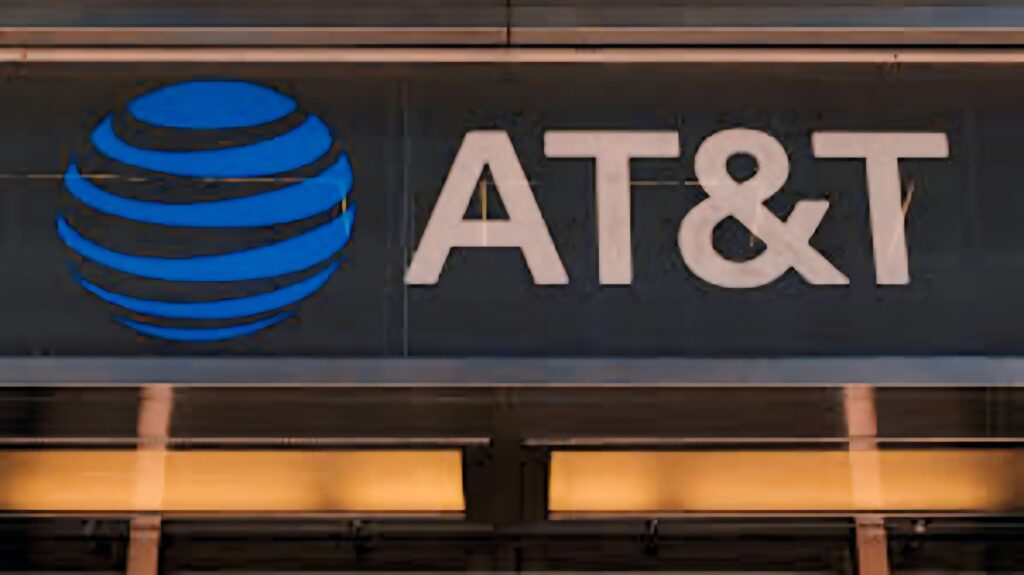
A recent nationwide AT&T network outage left countless Americans without cellular service for several hours one Thursday morning, disrupting calls, texts, and mobile data access. Reports flooded social media and outage trackers like Downdetector, revealing widespread impact across cities and rural areas alike, with tens of thousands of reports concentrated in major metropolitan centers.
The outage significantly disrupted daily life. With mobile phones integral to communication, work, and information access, the inability to connect had a ripple effect. Businesses were impacted, individuals were unable to contact family or emergency services, and everyday tasks were stalled.
Initial speculation about solar flares causing the problem was quickly dismissed by NOAA’s Space Weather Prediction Center. AT&T later attributed the outage to an error during network expansion.
While AT&T eventually restored service that afternoon, the incident raises serious concerns about the reliability of critical communication infrastructure.
This outage underscores the critical need for robust and resilient networks, emphasizing:
- Redundancy and backup systems: Providers must implement backup systems and protocols to minimize disruptions during technical issues.
- Transparent communication: During outages, timely and clear communication with affected users is essential to keep them informed and manage expectations.
- Continuous investment: Ongoing investment in infrastructure and processes is crucial to prevent future incidents and ensure reliable service.
The AT&T outage caused widespread inconvenience and highlighted the fragility of our reliance on mobile networks. While service has been restored, the incident serves as a stark reminder of the need for constant vigilance and improvement in maintaining these essential systems.



